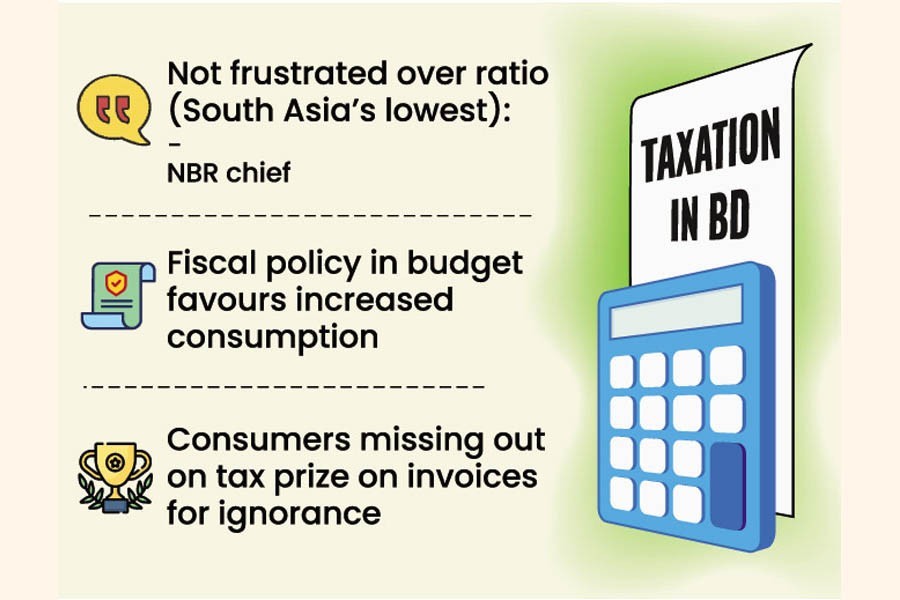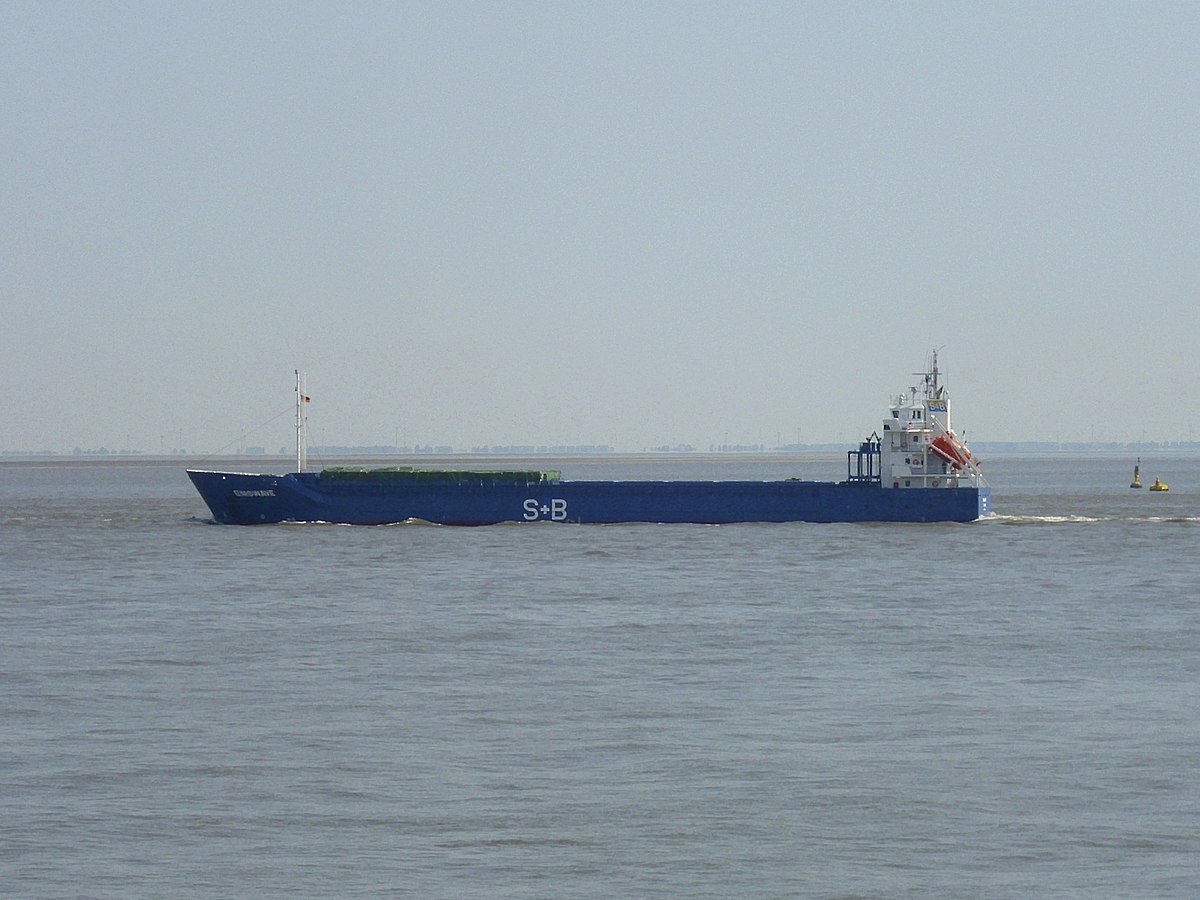Ali Asif Shawon, from Cox’sbazar
March 19, 2023 2:00 PM Last update on: March 19, 2023 4:53 PM
Bangladesh is set to operationalize its very first submarine base with modern basin facilities for the Navy at Pekua of Cox's Bazar to provide safe jetty facilities to submarines and warships at the harbour.
Prime Minister Sheikh Hasina will inaugurate the submarine base at “BNS Sheikh Hasina” virtually from her official residence, Ganabhaban in the morning.
Built at a cost of $1.21 billion, the base can accommodate a total of six submarines and eight warships at a time. It will allow for safe and swift movement of the submarines in case of emergency, as the base is located at the Bay of Bengal.
The premier laid the foundation stone of the submarine base, which is one of the most remarkable naval diplomacy achievements of Bangladesh, on March 3, 2017.
After coming to power in 2009, the government led by Prime Minister Sheikh Hasina has started implementing the “Forces Goal-2030” in light of the defence policy formulated by the Father of the Nation Bangabandhu Sheikh Mujibur Rahman.

Submarine Fleet Headquarters at the BNS Sheikh Hasina COURTESY“To turn the Navy into a modern and regional strong force, the government is taking and implementing realistic plans such as various infrastructural developments, incorporation of warships to the Navy and strengthening the operational capacity of the existing ships,” Sheikh Hasina had said.
After the visit of Xi Jinping, two submarines were bought from China and Chinese experts committed to building the submarine base in Bangladesh, which became a big concern for India, according to regional experts.
In recent years, Bangladesh has expanded its defence capabilities, building a new airbase close to neighbouring Myanmar, opening several new cantonments across the country, and adding new frigates to its naval fleet.
An international tribunal has settled Bangladesh's long-standing maritime border disputes with neighbours Myanmar and India, paving the way for Dhaka to invite bids from multinational firms to explore for oil in the Bay.
Officials say the settlement has ensured the country's sovereignty over 111,631sq-km of the sea, an area nearly equal to its landmass.
 In 2016, two submarines were added to Bangladesh's armada Courtesy
In 2016, two submarines were added to Bangladesh's armada Courtesy
Both the submarines are type 035G class; 76 metres in length and 7.6 metres in width, and equipped with torpedoes and mines capable of targeting enemy warships and submarines.
The two Ming-class submarines currently berth in the “BNS Issa Khan”, at the largest naval base of the Bangladeshi Navy in Chittagong, according to officials.
Berthing in the Karnaphuli River surrounded by the country's busiest port Chittagong Port was tough for the Navy, because commercial operations at the port needed to be suspended during the movement of the submarines.
In addition, the submarines also needed a special basin to berth and further armour facilities to protect them from air strikes.
To meet these demands the government decided to build a submarine base with the help of China. The plan was not easy to execute for Bangladesh, which is surrounded by India and Myanmar, said officials.

 www.dhakatribune.com
www.dhakatribune.com
March 19, 2023 2:00 PM Last update on: March 19, 2023 4:53 PM
Bangladesh is set to operationalize its very first submarine base with modern basin facilities for the Navy at Pekua of Cox's Bazar to provide safe jetty facilities to submarines and warships at the harbour.
Prime Minister Sheikh Hasina will inaugurate the submarine base at “BNS Sheikh Hasina” virtually from her official residence, Ganabhaban in the morning.
Built at a cost of $1.21 billion, the base can accommodate a total of six submarines and eight warships at a time. It will allow for safe and swift movement of the submarines in case of emergency, as the base is located at the Bay of Bengal.
The premier laid the foundation stone of the submarine base, which is one of the most remarkable naval diplomacy achievements of Bangladesh, on March 3, 2017.
After coming to power in 2009, the government led by Prime Minister Sheikh Hasina has started implementing the “Forces Goal-2030” in light of the defence policy formulated by the Father of the Nation Bangabandhu Sheikh Mujibur Rahman.

Submarine Fleet Headquarters at the BNS Sheikh Hasina COURTESY“To turn the Navy into a modern and regional strong force, the government is taking and implementing realistic plans such as various infrastructural developments, incorporation of warships to the Navy and strengthening the operational capacity of the existing ships,” Sheikh Hasina had said.
Strategic importance
In 2016, Xi Jinping became the first Chinese president in 30 years to visit Bangladesh, which has historically been more closely allied with India.After the visit of Xi Jinping, two submarines were bought from China and Chinese experts committed to building the submarine base in Bangladesh, which became a big concern for India, according to regional experts.
In recent years, Bangladesh has expanded its defence capabilities, building a new airbase close to neighbouring Myanmar, opening several new cantonments across the country, and adding new frigates to its naval fleet.
An international tribunal has settled Bangladesh's long-standing maritime border disputes with neighbours Myanmar and India, paving the way for Dhaka to invite bids from multinational firms to explore for oil in the Bay.
Officials say the settlement has ensured the country's sovereignty over 111,631sq-km of the sea, an area nearly equal to its landmass.

Easing movement
In November 2016, two submarines - “BNS Navajatra” and “BNS Joyjatra” - were added to Bangladesh's armada, turning the Bangladesh Navy into a truly full-fledged “three-dimensional” force in line with the Forces Goals of the country.Both the submarines are type 035G class; 76 metres in length and 7.6 metres in width, and equipped with torpedoes and mines capable of targeting enemy warships and submarines.
The two Ming-class submarines currently berth in the “BNS Issa Khan”, at the largest naval base of the Bangladeshi Navy in Chittagong, according to officials.
Berthing in the Karnaphuli River surrounded by the country's busiest port Chittagong Port was tough for the Navy, because commercial operations at the port needed to be suspended during the movement of the submarines.
In addition, the submarines also needed a special basin to berth and further armour facilities to protect them from air strikes.
To meet these demands the government decided to build a submarine base with the help of China. The plan was not easy to execute for Bangladesh, which is surrounded by India and Myanmar, said officials.

Bangladesh’s first submarine base starts operation Monday
PM Sheikh Hasina laid the foundation stone on March 3, 2017






 Naval assets including submarines will already be put on high alert and patrol duty if there's tension with out neighbors.
Naval assets including submarines will already be put on high alert and patrol duty if there's tension with out neighbors.